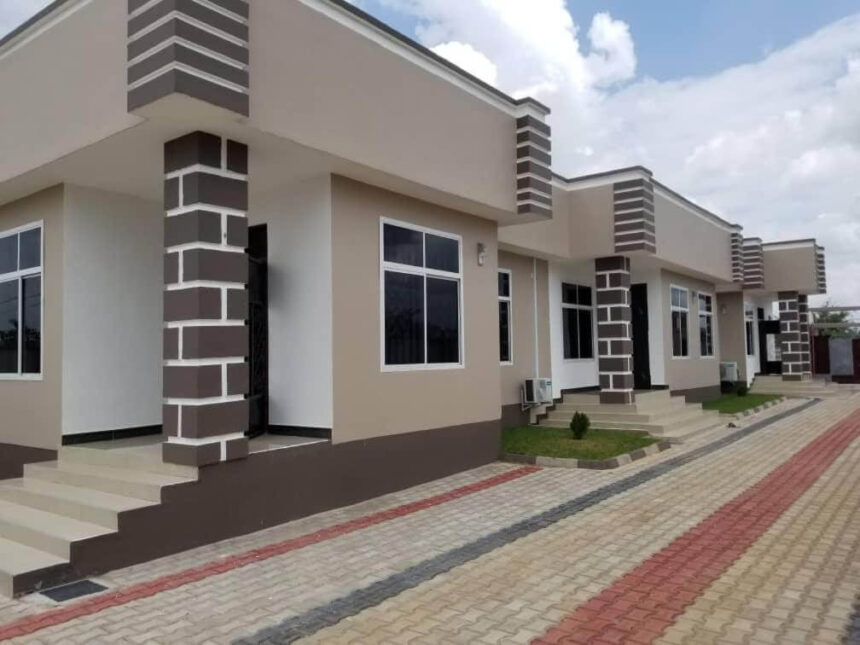Tanzania’s real estate realm has exhibited a steady rebound from the hurdles posed by the pandemic, as demonstrated by a noteworthy uptick in the occupancy rates of commercial properties. This resurgence serves as a testament to the gradual recovery of businesses from the pandemic’s impact.
In its most recent Financial Stability Report, freshly issued this week, the Bank of Tanzania (BoT) sheds light on the current state of affairs. The report underscores that most of the chosen commercial properties have reported occupancy rates exceeding the 50 per cent mark, an encouraging sign of stability in the real estate sector.
While a few commercial properties still hover below the 50 per cent occupancy mark, the report explains that this situation results from the ongoing effects of the pandemic and the deliberate relocation of governmental offices to Dodoma.
The Central Bank’s comprehensive report goes on to elucidate that prime and subprime residential rental and sale prices have experienced an upswing. This trend is particularly visible in Dar es Salaam, where annual rental prices for prime and subprime locations have been on a recovery trajectory.
This recovery is not only linked to the resurgence of businesses but also to heightened investments and an increase in tenants’ income levels. Correspondingly, the sale prices of residential properties have registered a modest uptick in 2022.
This positive movement can be attributed to improved business circumstances, increased investments, a more robust employment landscape, and rising household incomes.
The anticipated revival of economic activities is poised further to fortify the ongoing recovery of the property market. The commendable stability demonstrated within the real estate domain is expected to act as a mitigating factor against potential financial instabilities.
This is especially important given the intricate connections between property and credit markets, which can significantly impact overall financial stability.


